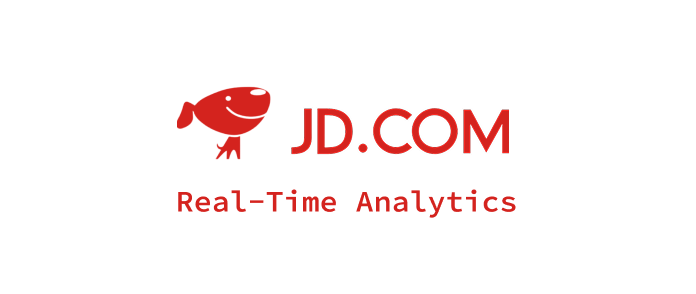- Products
- Solutions
Real-Time Analytics
Real-time database for real-time data warehousing, customer-facing and agent-facing analytics
Lakehouse Analytics
The fastest lakehouse SQL engine, replacing Trino/Presto, SparkSQL
Observability and Log Analytics
The most cost-effective alternative to Elasticsearch observability
VeloDB for AI
The AI-Ready analytics database for the AI era
- Docs
- Resources
- Pricing
- Contact us
Glossary
1
VeloDB primary-key model that writes a Delete Bitmap at ingest so queries skip duplicates; enables sub-second reads.
In the rapidly growing Web3 ecosystem, data has become the most critical asset. From on-chain transaction analysis, DeFi protocol monitoring, and NFT marketplace insights to off-chain user behavior analytics, observability, and A/B testing, Web3 companies face an ever-increasing demand for real-time, sub-second latency, and cost-efficient data infrastructure.
OLAP (Online Analytical Processing) and OLTP (Online Transaction Processing) are two fundamental paradigms in database systems that serve distinctly different purposes in modern data architecture. OLTP systems are designed to handle high-frequency, real-time transactional operations with an emphasis on data consistency, speed, and concurrent user access for operational business processes. In contrast, OLAP systems are optimized for complex analytical queries, data aggregation, and business intelligence operations that process large volumes of historical data to generate insights. Understanding the differences between these systems is crucial for designing effective data architectures that support both operational efficiency and strategic decision-making in today's data-driven organizations.
Real-time analytics is the ability to process, analyze, and derive insights from data immediately as it arrives, allowing organizations to make instantaneous decisions based on current information. Unlike traditional batch processing, which analyzes historical data hours or days after collection, real-time analytics provides sub-second to sub-minute insights from streaming data sources such as user interactions, IoT sensors, financial transactions, and application logs. As businesses increasingly require immediate responses to changing conditions—from fraud detection and dynamic pricing to personalized recommendations and operational monitoring—real-time analytics has become a strategic necessity for maintaining a competitive edge in today's fast-paced digital economy.
A columnar database is a database management system that stores data organized by columns rather than by rows, fundamentally changing how information is physically stored and accessed on disk. Unlike traditional row-oriented databases where each record's data is stored together, columnar databases group all values for each column together, creating a storage structure optimized for analytical queries and data compression. This approach has become the cornerstone of modern data warehousing and business intelligence platforms, powering cloud analytics services like Amazon Redshift, Google BigQuery, and Snowflake.
Apache Doris is an MPP-based real-time data warehouse known for its high query speed. For queries on large datasets, it returns results in sub-seconds. It supports both high-concurrency point queries and high-throughput complex analysis. It can be used for report analysis, ad-hoc queries, unified data warehouse, and data lake query acceleration. Based on Apache Doris, users can build applications for user behavior analysis, A/B testing platform, log analysis, user profile analysis, and e-commerce order analysis.
An analytics database is a specialized database management system optimized for Online Analytical Processing (OLAP), designed to handle complex queries, aggregations, and analytical workloads across large datasets. Unlike traditional transactional databases that focus on operational efficiency and data consistency, analytics databases prioritize query performance, data compression, and support for multidimensional analysis. Modern analytics databases leverage columnar storage, massively parallel processing (MPP) architectures, and vectorized execution engines to deliver sub-second response times on petabyte-scale datasets, making them essential for business intelligence, data science, and real-time decision-making applications.
A data warehouse is a centralized repository designed to store, integrate, and analyze large volumes of structured data from multiple sources within an organization. Unlike traditional databases optimized for transactional processing, data warehouses are specifically architected for analytical processing (OLAP), enabling complex queries and historical data analysis. In the modern data-driven landscape, data warehouses serve as the foundation for business intelligence, reporting, and decision-making processes across enterprises of all sizes.


